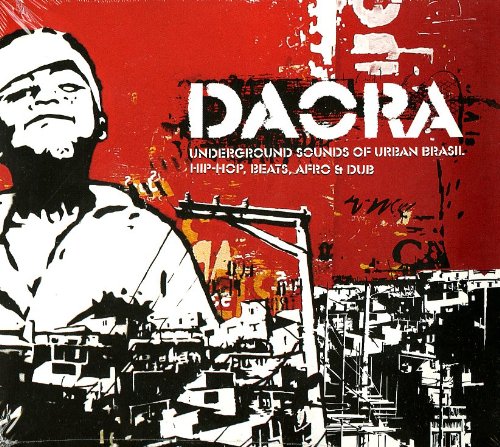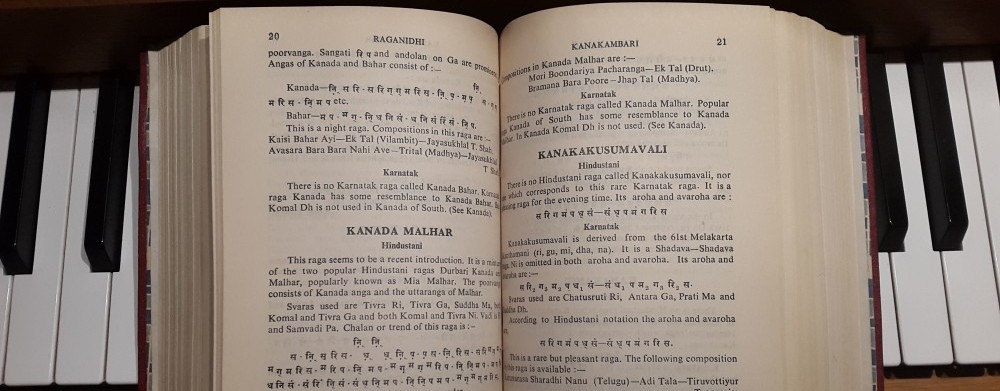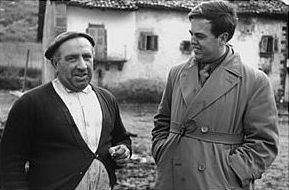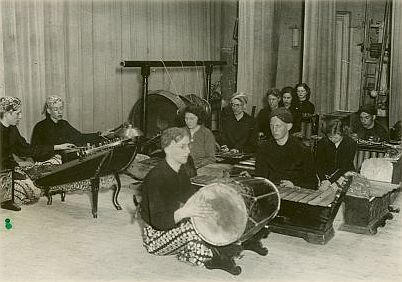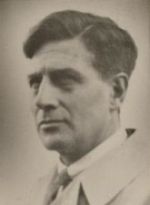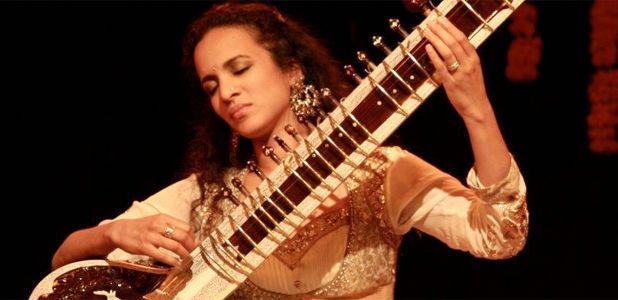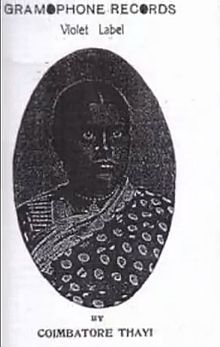01. Anupama Bhagwat (India) – Ether | Raga/Hindustani
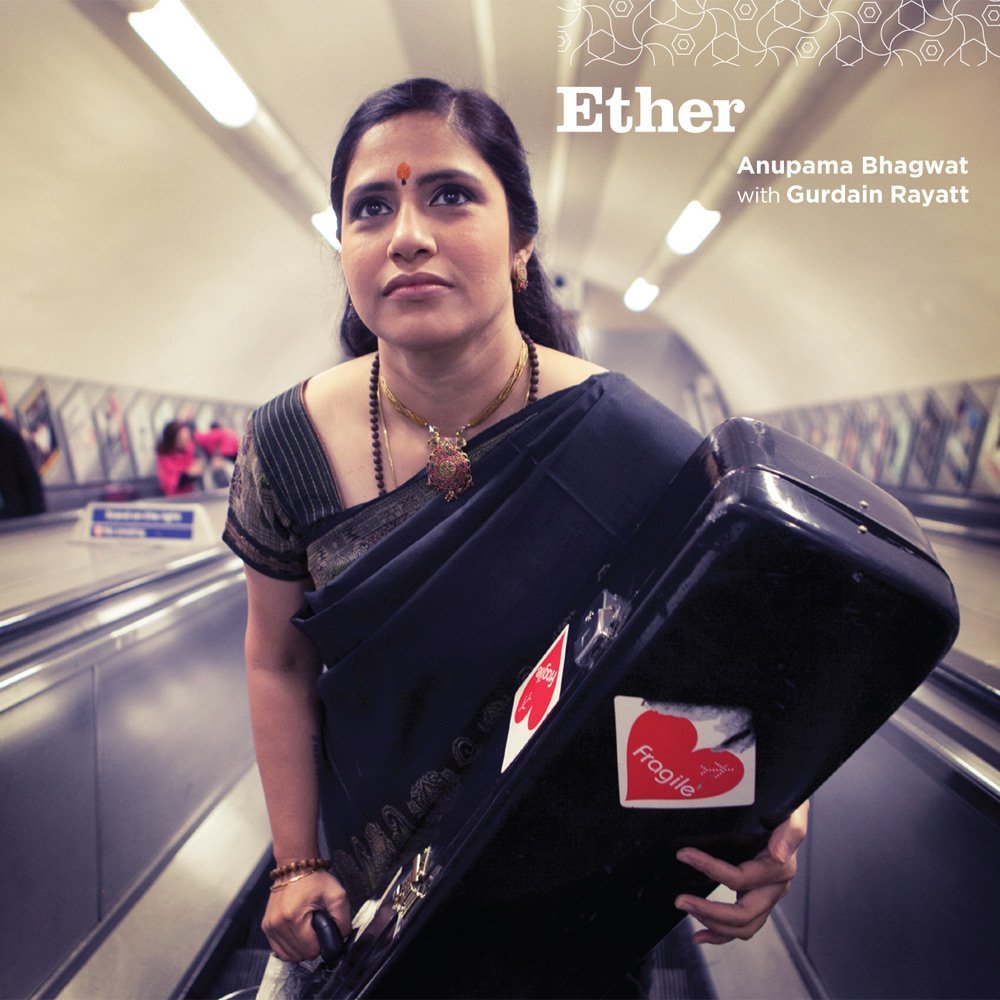
_____________________________________________________
02. Valentina Lisitsa (USA) – Rachmaninov: The Piano Concertos | Western Classical
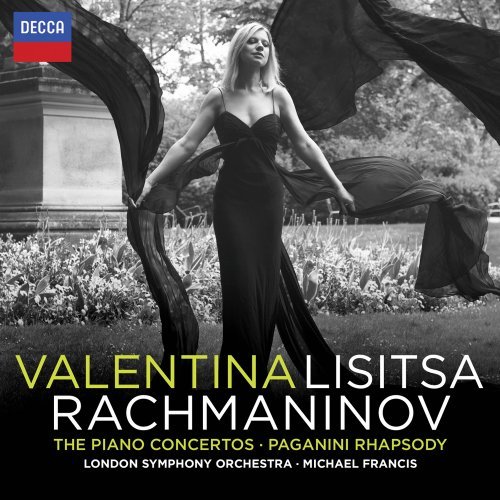
_____________________________________________________
03. Valentina Lisitsa (USA) – Valentina Lisitsa plays Liszt | Western Classical

_____________________________________________________
04. Sarah Jarosz (USA) – Build Me Up From Bones | Bluegrass/Folk/Americana

_____________________________________________________
05. Buika (Spain) – La Noche Mas Larga | Flamenco/Jazz
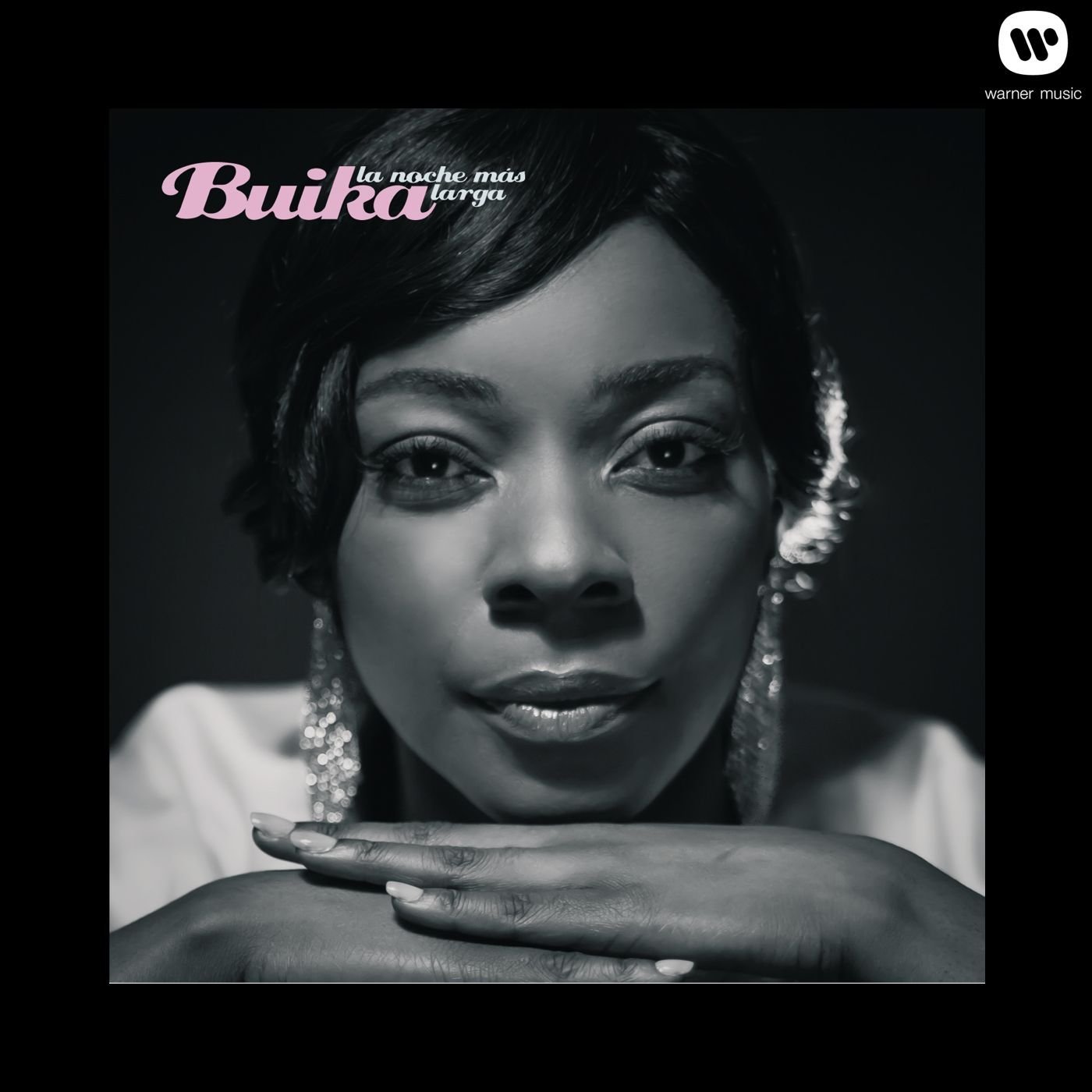
_____________________________________________________
06. Rokia Traoré (Mali) – Beautiful Africa | Blues/Rock
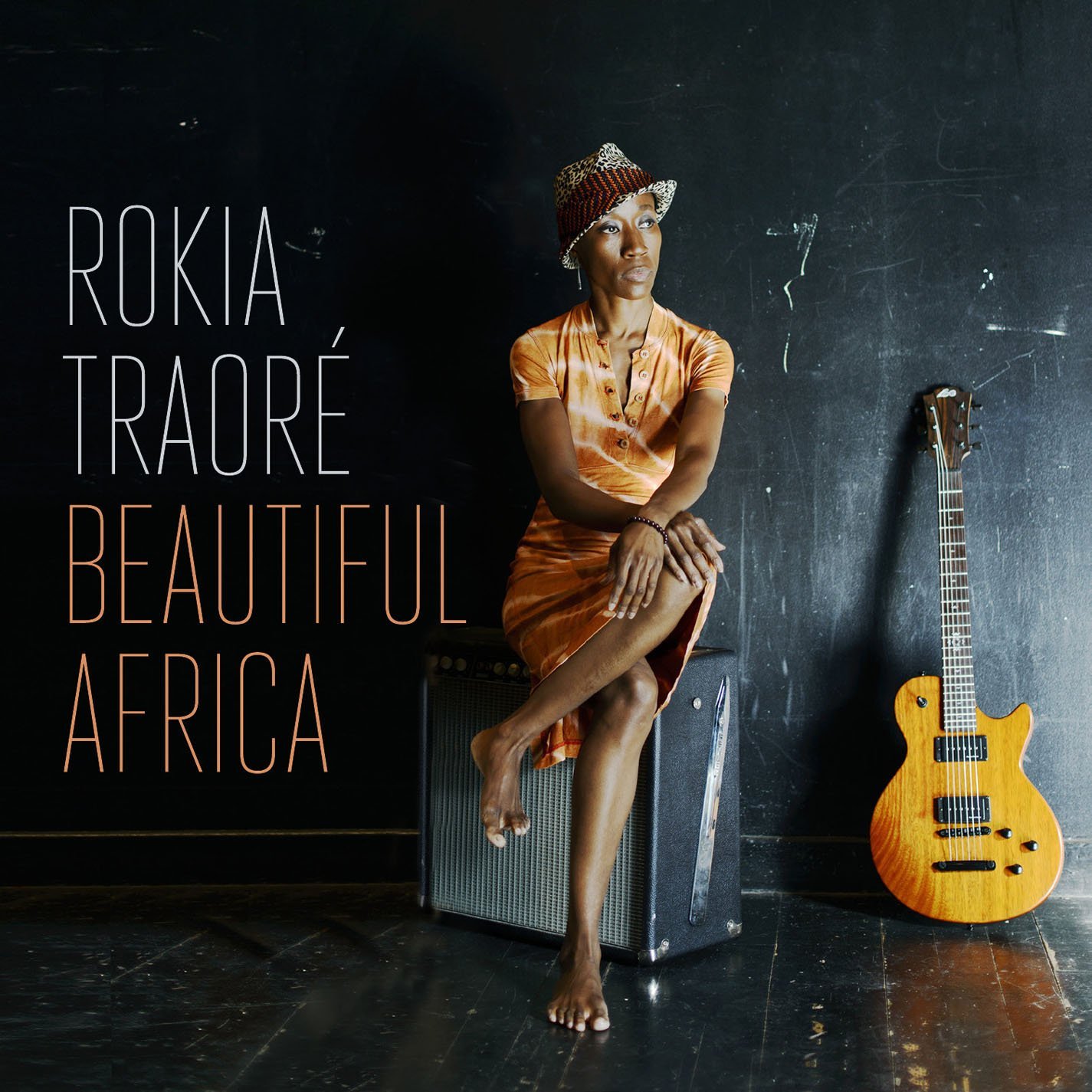
_____________________________________________________
07 Anais Mitchell & Jefferson Hamer (USA) – Child Ballads | Folk
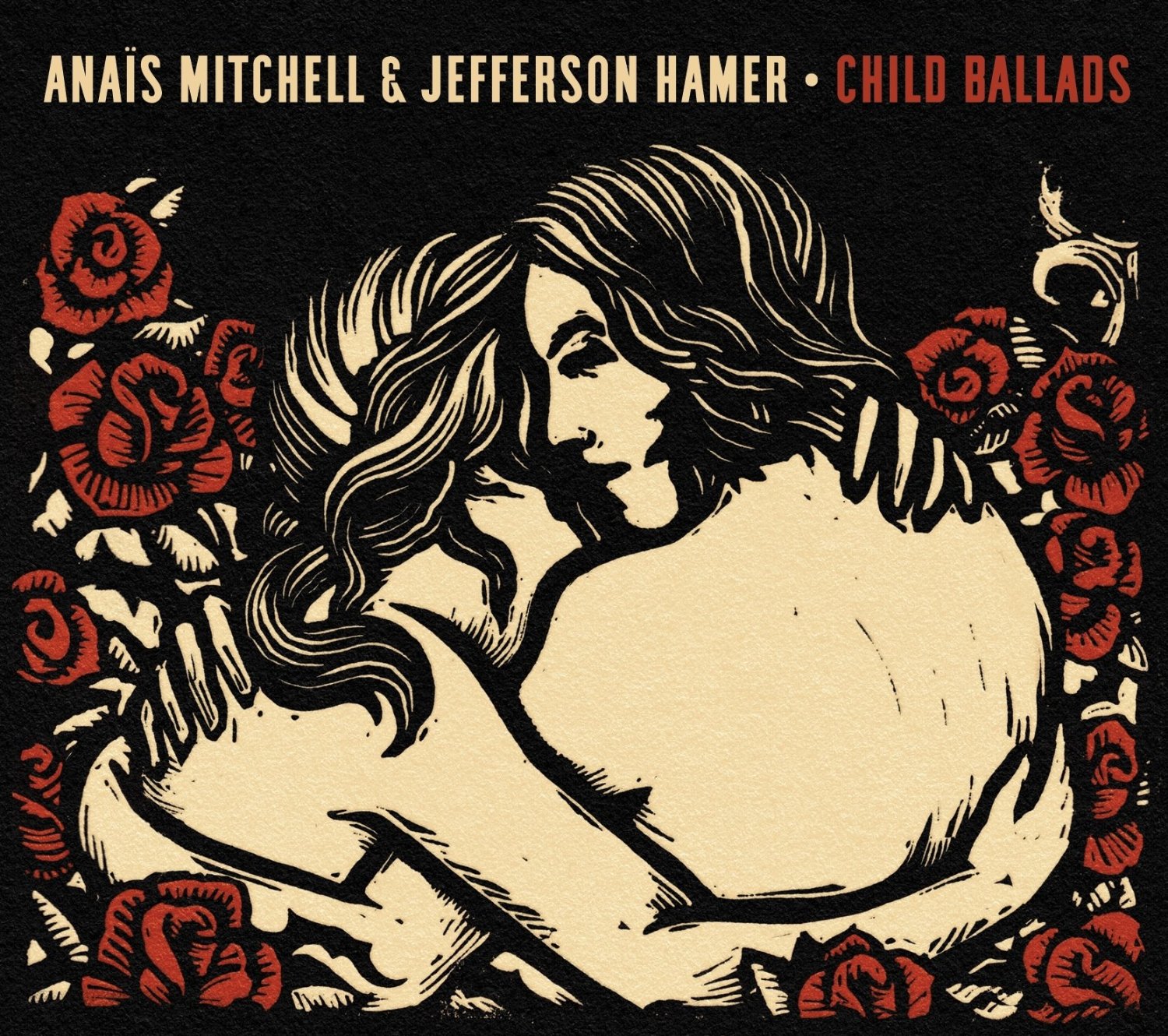
_____________________________________________________
08. Debashish Bhattacharya (India) – Beyond the Ragasphere | Raga/Hindustani/Crossover
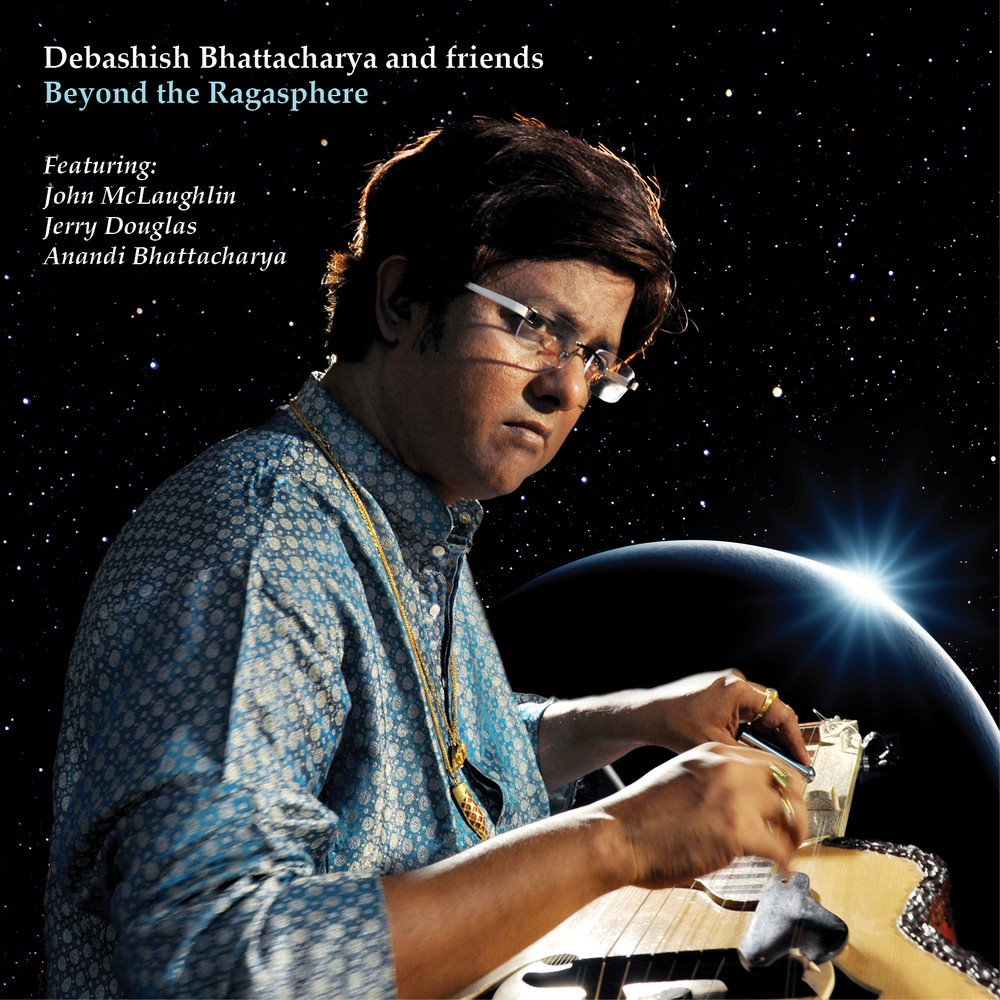
_____________________________________________________
09. Anoushka Shankar (India) – Traces of You | Raga/Crossover
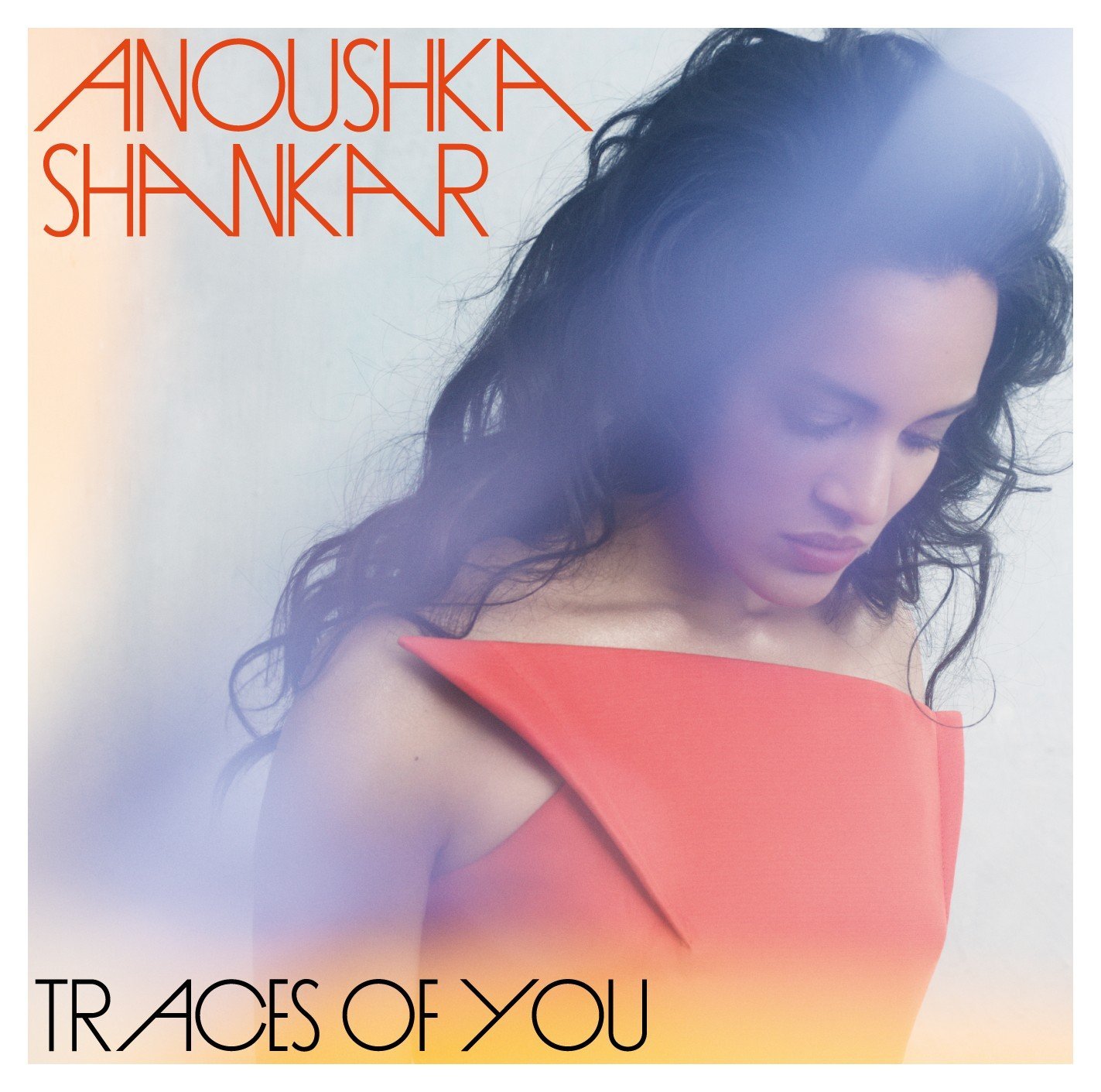
_____________________________________________________
10. Natacha Atlas (Belgium/UK) – Live in Toulouse | Arabian pop
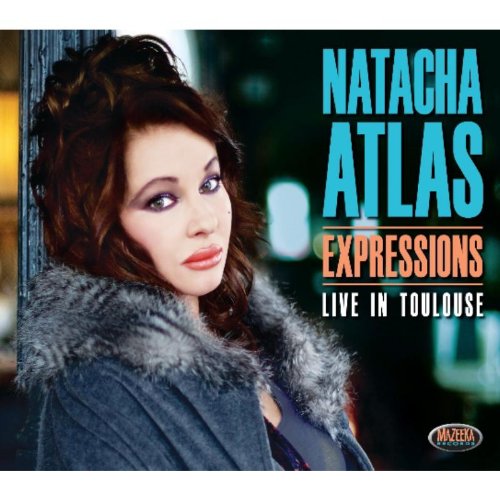
_____________________________________________________
11. Valerie June (USA) – Pushin’ Against A Stone | Folk/Blues/Soul
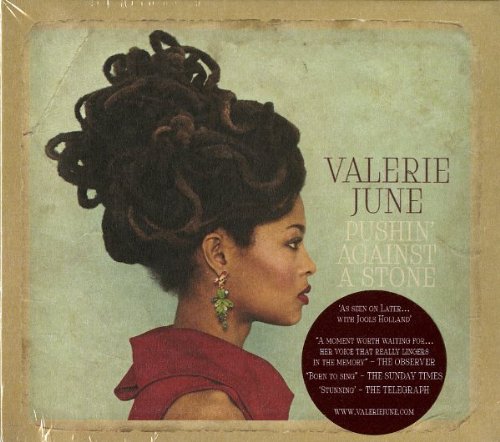
_____________________________________________________
12. Jyotsna Srikanth (India) – Call Of Bengalore | Raga/Carnatic/Crossover
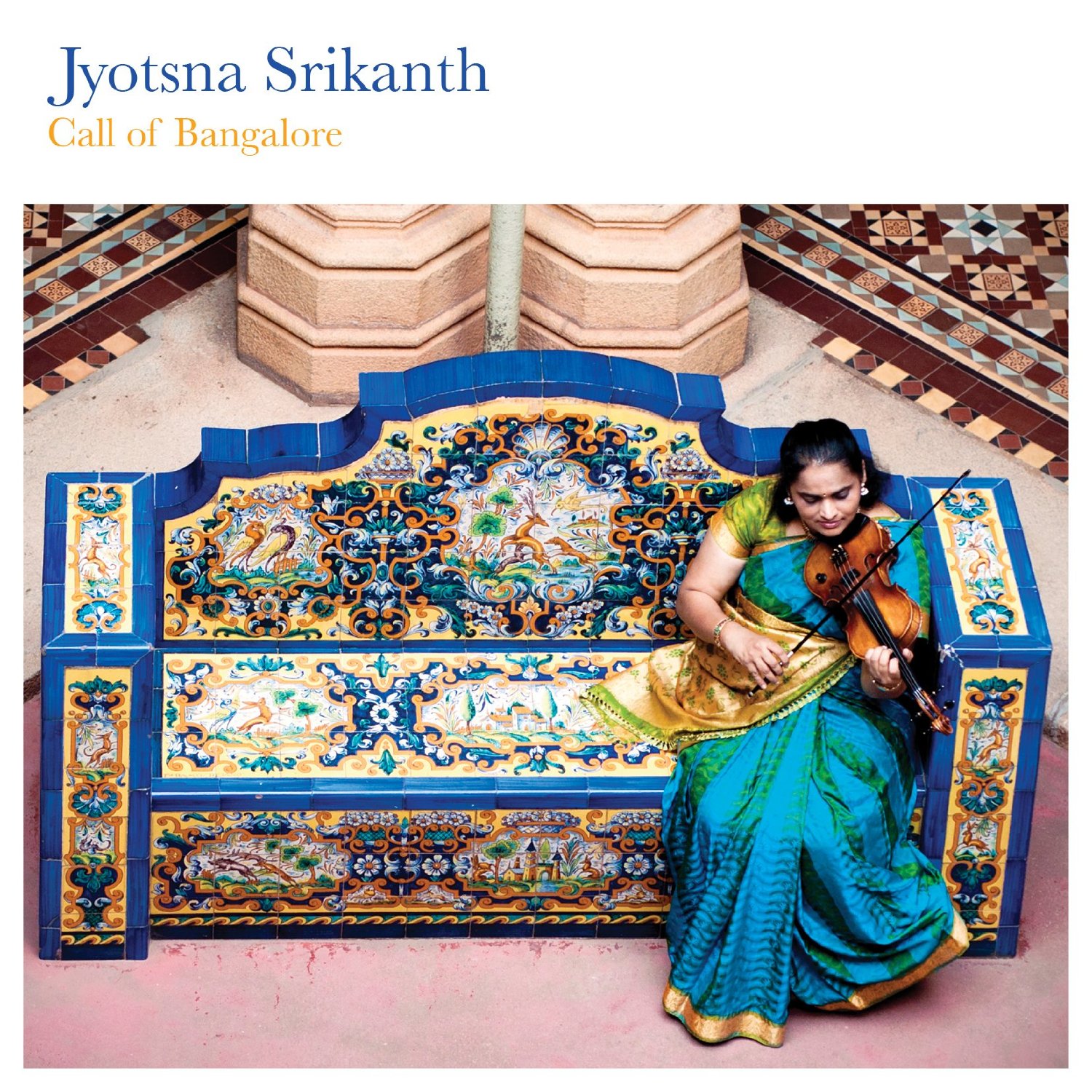
_____________________________________________________
13. Eva Quartet & Hector Zazou (Bulgaria/France) – The Arch | Crossover/Experimental
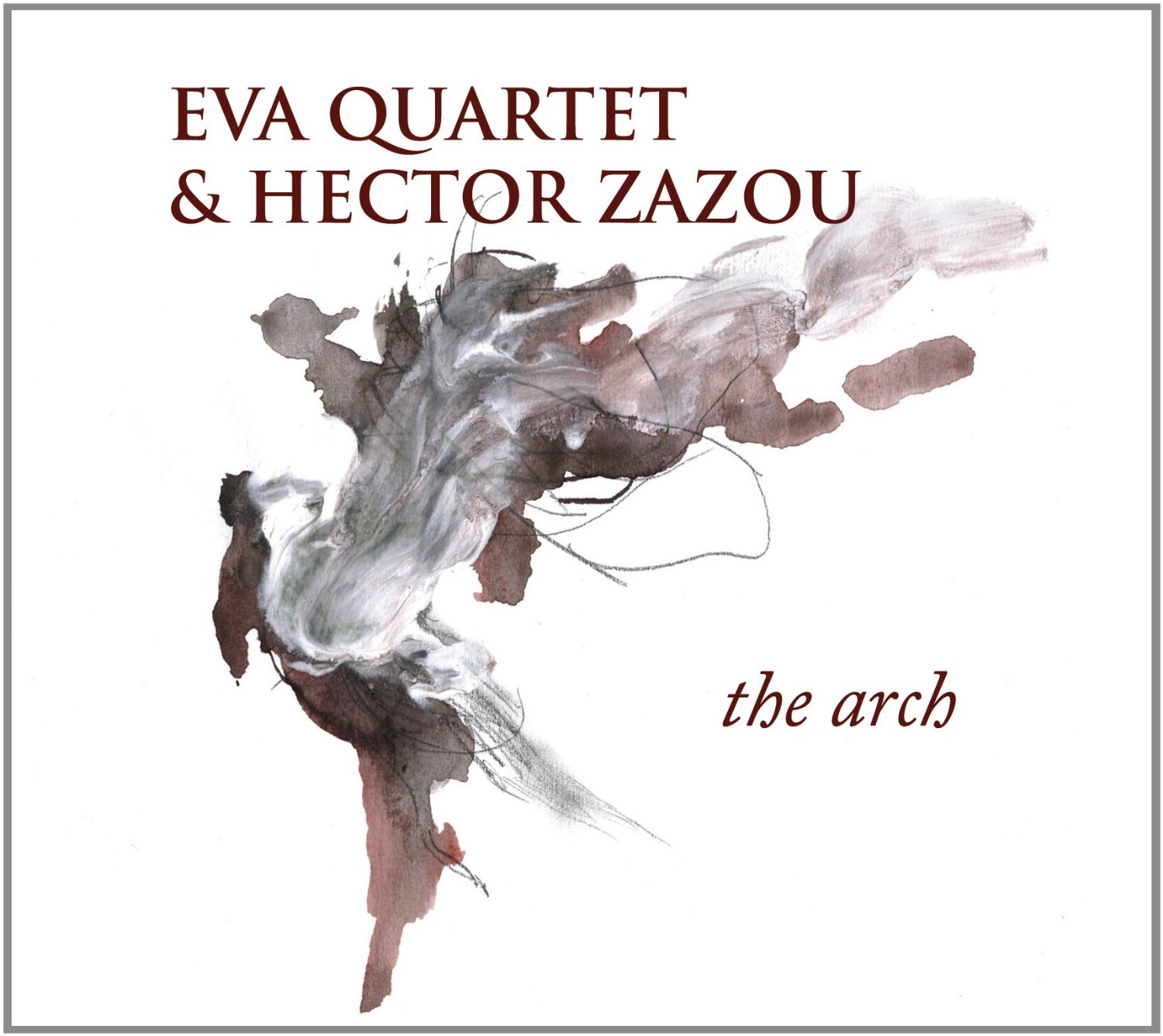
_____________________________________________________
14. Hilary Hahn (USA) – In 27 Pieces : The Hilary Hahn Encores | Western Classical
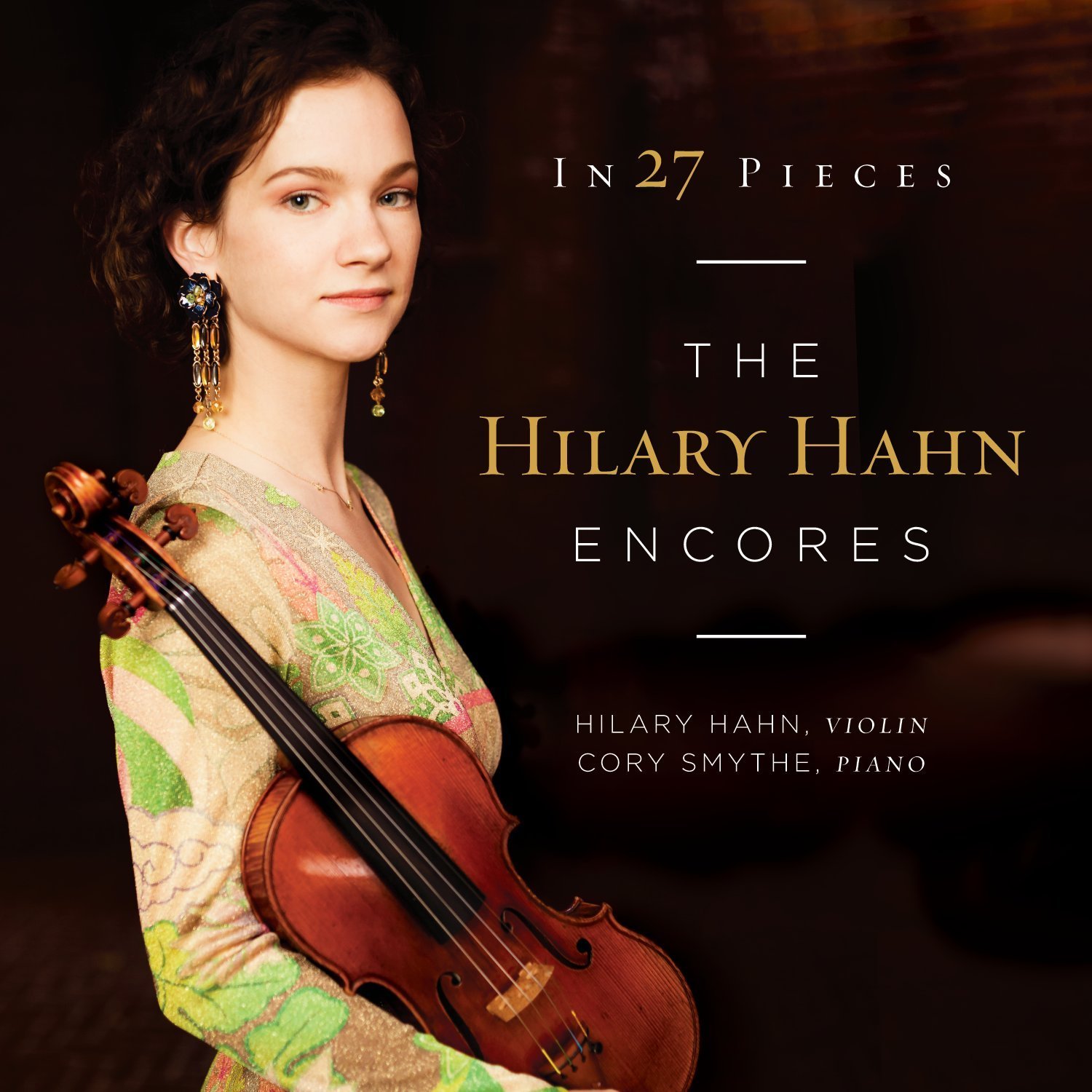
_____________________________________________________
15. Various Artists (Brazil) – Daora: Underground Sounds of Urban Brasil | Hiphop/Afro/Dub
